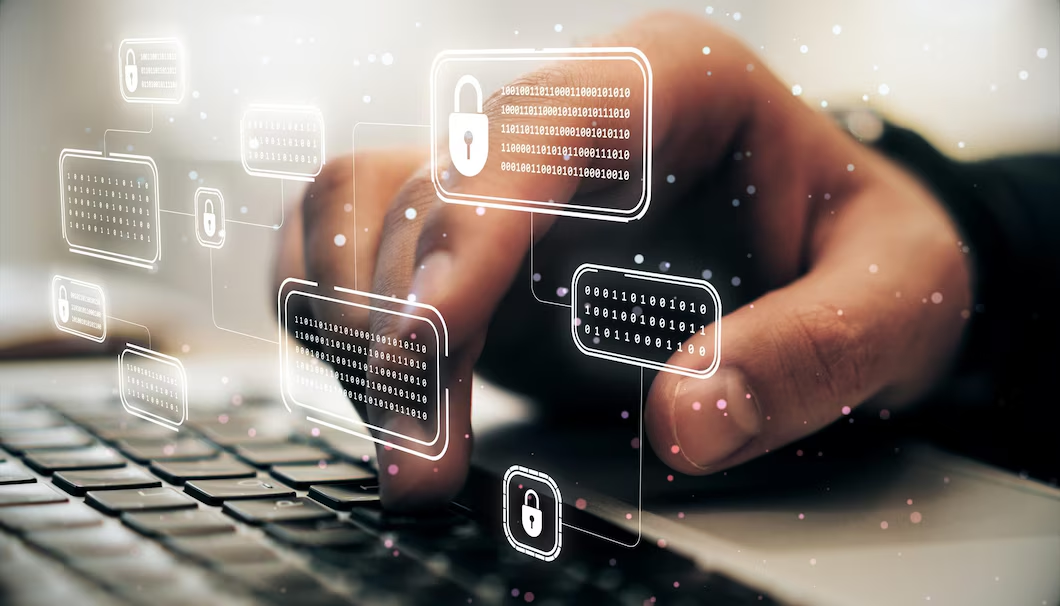
Introduction
This case is the giant wheel in the history of cyber crime and a start of the bank robbery without involvement of internet.
How does it started?
A young computer programmer in St. Petersburg, Russia, headed a group of ambitious crooks from several continents who broke into the electronic systems of a large U.S. bank twenty years ago and began stealthily taking money. This was bank robbery for the technology age—no gun, no note, no mask.
The deep repercussion
When a number of corporate bank clients realized that $400,000 had disappeared from their accounts in July 1994, our investigation got underway. As soon as bank authorities recognized the issue, they called the FBI. The institution’s cash management computer system, which enabled corporate clients to transfer money from their personal accounts into other banks worldwide, was reportedly the target of hackers. By taking advantage of the telecom network and compromising legitimate user IDs and passwords, the crooks were able to obtain access.
The Initial Actions
We started keeping an eye on the accounts for any additional unauthorized transfers in collaboration with the bank. In the end, we discovered over 40 illicit transactions between late June and October, the most of which went to foreign bank accounts and totalled over $10 million. In the meantime, the bank managed to freeze the foreign accounts, preventing further withdrawals.
The real detection
San Francisco was the only place in the United States where money was actually moved on. The investigators discovered that the bank accounts belonged owners were a Russian couple who had previously resided in the nation. The FBI detained the wife and her husband shortly after they flew into San Francisco and tried to take money out of one of the accounts. Both assisted with the inquiry, telling us that they were working for a Russian named Vladimir Levin and that the hacking operation was headquartered inside a computer company in St. Petersburg.
The final action
In order to obtain evidence against Levin, including evidence that he was using his own laptop to access the bank’s computer, the investigative team partnered with Russian authorities, who were extremely cooperative just days after the FBI launched a new legal attaché office in Moscow. Two co-conspirators, both Russian nationals who had been hired as couriers and paid to take the stolen money that had been moved to their personal accounts, were also apprehended by us and our law enforcement colleagues as they were trying to withdraw money from foreign accounts.
The final Verdict
Levin was enticed to London in March 1995, where he was taken into custody and subsequently returned to the United States. In January 1998, he accepted the guilt.
Synopsis:- The virtual theft and subsequent investigation, which is said to have been the first online bank robbery, served as a necessary wake-up call for both law enforcement and the financial industry. The affected bank strengthened its network security by implementing corrective actions. Despite not involving the Internet, the case garnered media attention and attracted the attention of web security specialists. For its part, the FBI started to broaden its global reach and cybercrime skills, gradually accumulating a toolkit of methods and strategies that enable us to spearhead the nation’s current high-tech crime investigation.
-
Previous Post
Everything you should know about Cyber Forensics.











